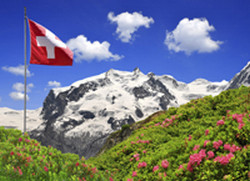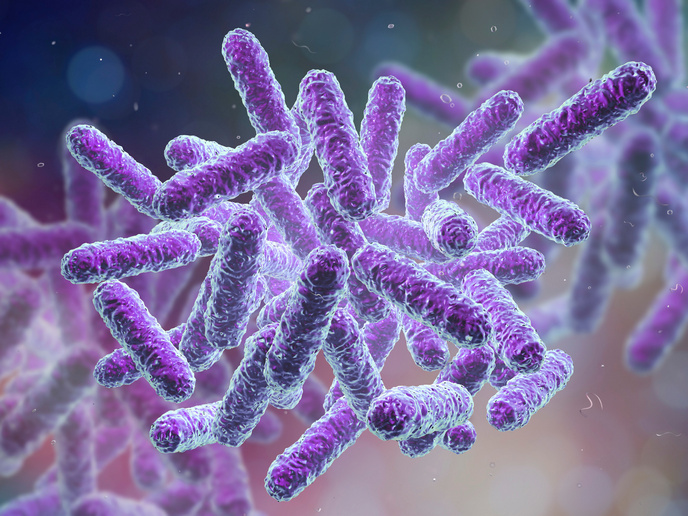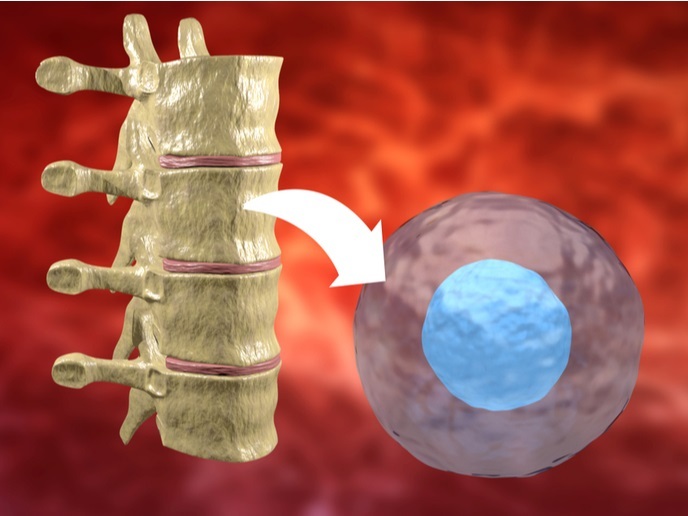Plant and microbe diversity in Switzerland
The MP-ALPS project studied microbial diversity across a range of sites where data on plant diversity, chemical and soil parameters, and macrofauna was already available. The combined data was used to develop statistical models that predicted microorganism distribution across the alpine landscape in relation to above-ground plant communities. MP-ALPS used cutting-edge high-throughput sequencing technology to analyse the microbial community. In order to achieve this, field sampling and processing protocols as well as standardisation of DNA isolation and molecular biology protocols were developed. Results indicated that the analytical methods employed gave reliable results. The findings replicated trends in soil microbial communities that had been previously documented in the scientific literature. Analysis of additional soil samples revealed that the greatest influence on alpine soil bacterial communities was pH. Furthermore, sample sites could be divided into two categories: grassland-type sites with low to neutral pH, and alpine-type sites with a significantly higher pH. Results from MP-ALPS will be used to create spatial distribution models to model the distribution of microbial communities across the alpine landscape. The models will help to predict microbial migration patterns as a result of climate and land-use changes in alpine ecosystems. MP-ALPS will provide valuable data for decision makers, the alpine industry and business, and high-elevation agriculture. This will help to improve sustainability and livelihoods in the face of climate change. It will also act as the basis for a larger-scale study on biodiversity and soil chemistry in the same area.







